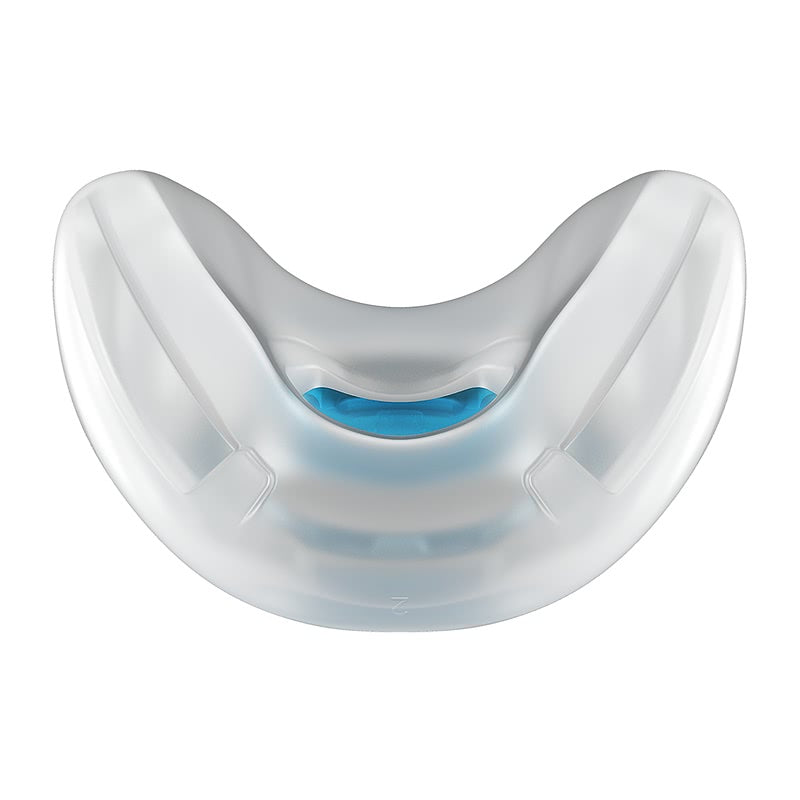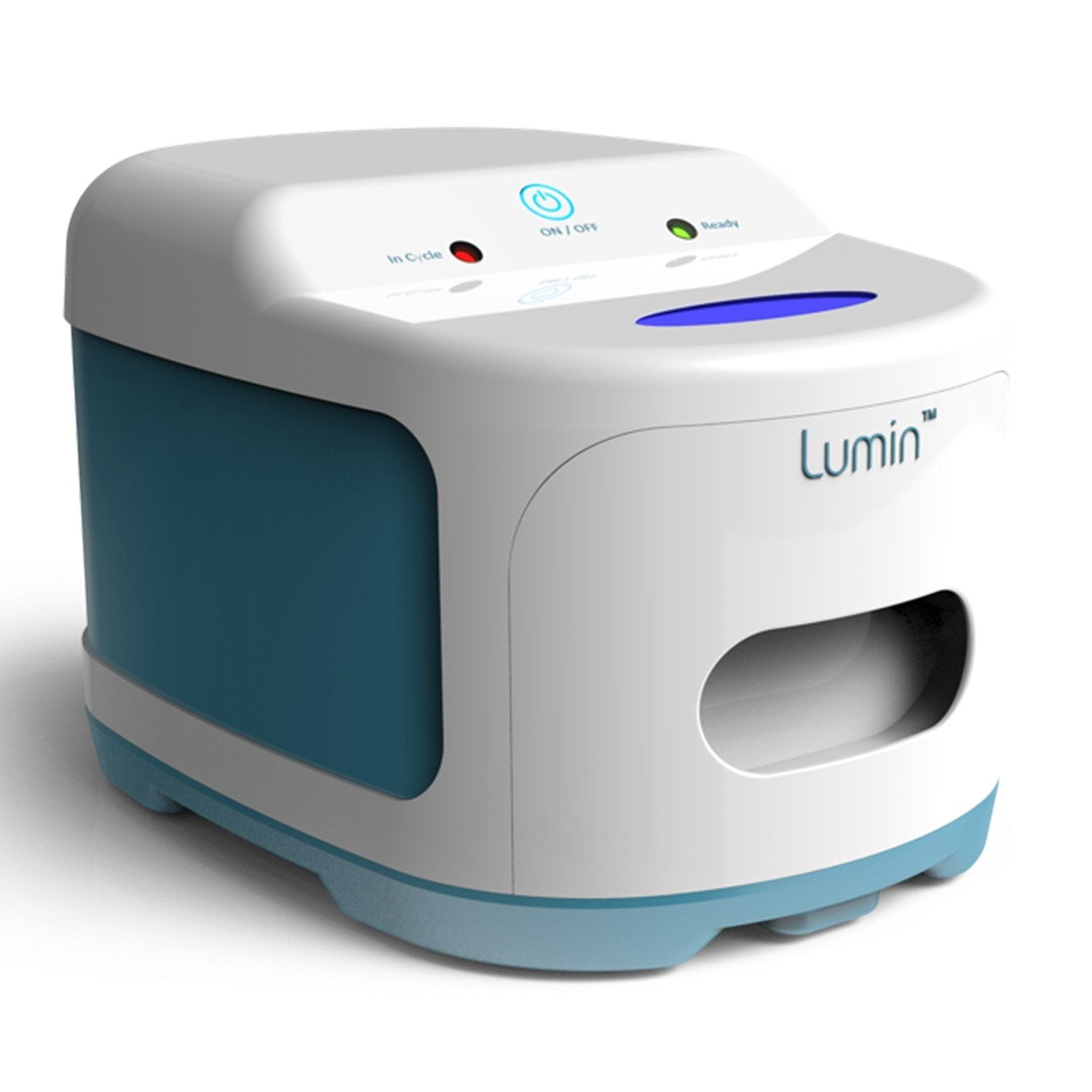
Living With CPAP
Share
There are three types of sleep apnea
1. Obstructive sleep apnea (OSA) – the most common – is when your upper airway becomes blocked.
2. Central sleep apnea (CSA) is related to the central nervous system and occurs when the brain stops signaling the body to breathe until it detects a lack of oxygen. 3. Complex sleep apnea (CompSA) is a combination of OSA and CSA.
The OSA Cycle Untreated OSA causes sleep deprivation and may increase the risk of Heart attacks, Strokes, High blood pressure, Type 2 diabetes.
Your CPAP mask is an important part of therapy.
The mask must
• Feel comfortable
• Fit well
• Form a good seal to prevent air leaks
Tips for adjusting to CPAP
• Breathe normally. It may take additional time to fall asleep at first, but over time you’ll get used to it.
• Clean away facial oils and dirt from your mask and accessories for a better seal. • Replace your equipment periodically for the best therapy. Your medical provider can advise you of your replacement schedule.
• Use your machine’s humidifier – if it has one – to diminish dry nose and mouth.
• Tighten your mask’s headgear for a good seal, but avoid overtightening to reduce facial red marks.





1 comment
I live in the USA, do I need a Doctor’s script to purchase a new sleep apnea equipment from your store?
Is VISA ok?